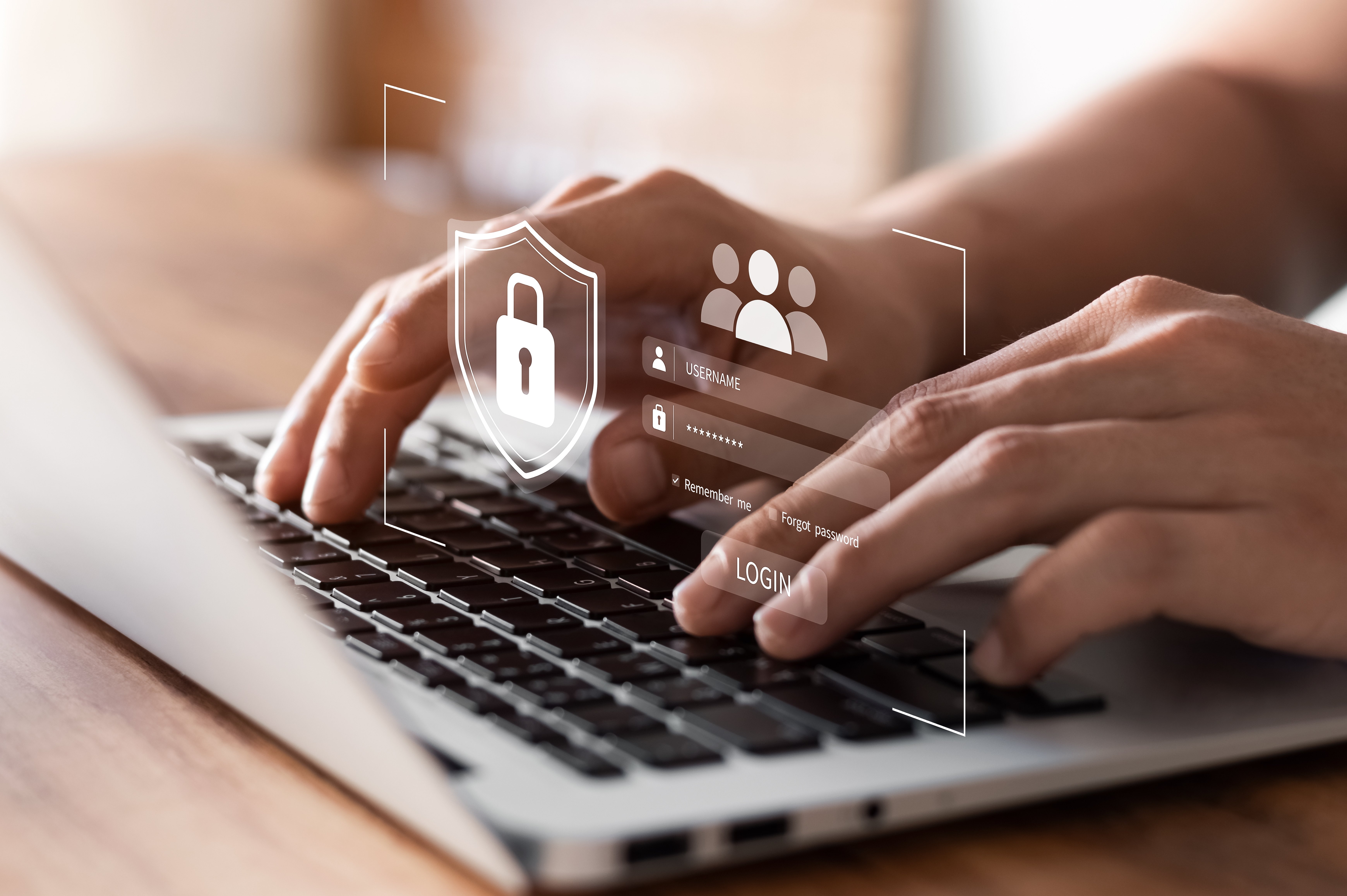
Written by: Gregory M. Hart, ARM, CHSP, CIC, CRM, ALCM,
Unison Risk Solutions
With Fire Prevention Week taking place October 5-11, it’s an ideal time to raise awareness about one of today’s fastest-growing fire risks, lithium-ion batteries. Lithium-ion batteries power many of the devices we rely on daily, from smartphones and laptops to e-bikes and electric vehicles. As their use continues to grow, so does the risk of fire hazards associated with them. Understanding these risks and taking proactive safety measures is essential for both individuals and organizations.
A Growing Concern
The prevalence of lithium-ion batteries in the U.S. is expected to surge over the next decade, bringing increased fire safety challenges. Key statistics include:
- Over a five-year span ending in 2022, there were at least 25,000 reported incidents of lithium-ion batteries overheating or catching fire, resulting in approximately 141 injuries and 13 fatalities.
- Since 2022, there have been over 800 fires sparked by lithium-ion batteries in New York City alone, resulting in 30 deaths and over 400 injuries, and reflecting the growing severity of the issue in recent years.
- Global demand for lithium-ion batteries is projected to increase sevenfold by 2030.
- Fires in electric vehicles powered by lithium-ion batteries burn at temperatures of around 5,000°F, making them extremely difficult to extinguish. These fires can require 10 times more water than gasoline fires to put out.
What Causes Lithium-Ion Battery Fires?
Most incidents involving lithium-ion batteries stem from:
- Faulty or damaged batteries
- Defective product components
- Improper use, storage or charging
- Exposure to extreme temperatures
Human error plays a significant role, especially when batteries are charged incorrectly or stored near flammable materials.
Safe Use Practices
Until safer battery technologies are developed, following safe use practices can significantly reduce fire risks:
- Follow manufacturer guidelines for storage, use, charging and disposal.
- Inspect devices and chargers regularly for damage and replace them as needed.
- Store batteries away from flammable materials and in well-ventilated areas, ideally outside of living spaces.
- Use professional services for maintenance and replacement of batteries in micromobility devices like e-bikes, e-scooters and hoverboards.
For Organizations
Employers and facility managers should take proactive steps to reduce lithium-ion battery hazards in the workplace:
- Implement hazard controls, prioritizing elimination and substitution where possible.
- Ensure proper ventilation, especially in areas where batteries are stored or used.
- Automate and isolate hazardous processes to limit worker exposure.
- Limit battery quantities stored onsite and follow NFPA guidance for Energy Storage Systems.
- Monitor for flammable or toxic gases in large storage areas.
- Properly dispose of batteries at designated recycling facilities, not in regular trash or recycling bins.
- Train employees on safe handling, emergency response and hazard communication.
Additional Resources
For more information on lithium-ion battery hazards and safety procedures, explore these resources:
Reach Out to an Advisor
If you have questions about lithium-ion battery safety or want to explore risk management strategies for your organization, our advisors are here to help. Contact us today to learn more about how we can support your fire prevention and workplace safety goals.



